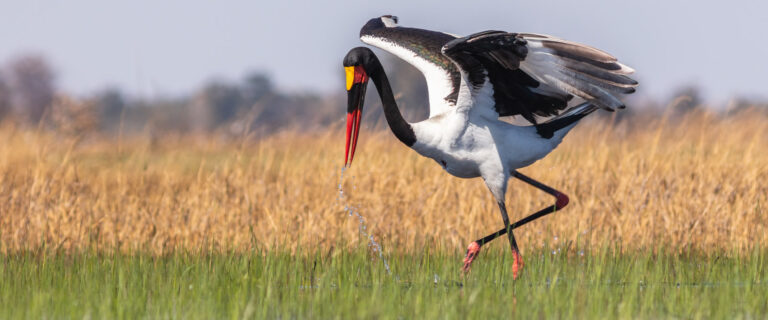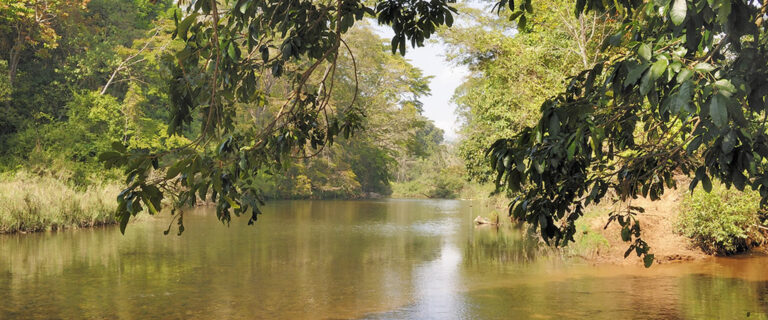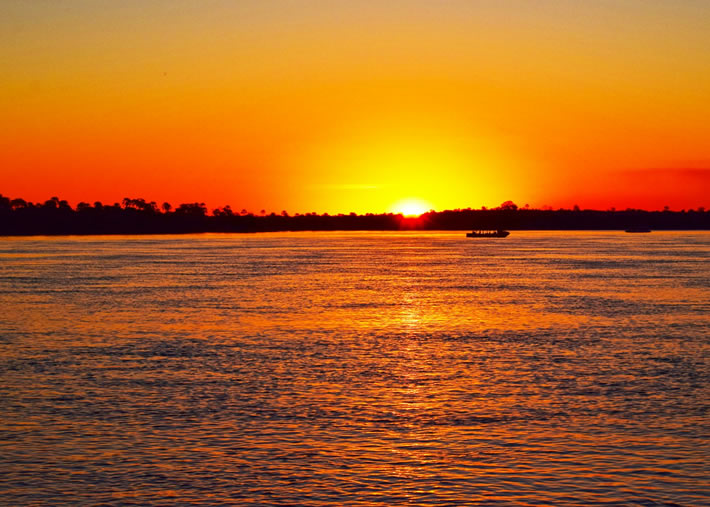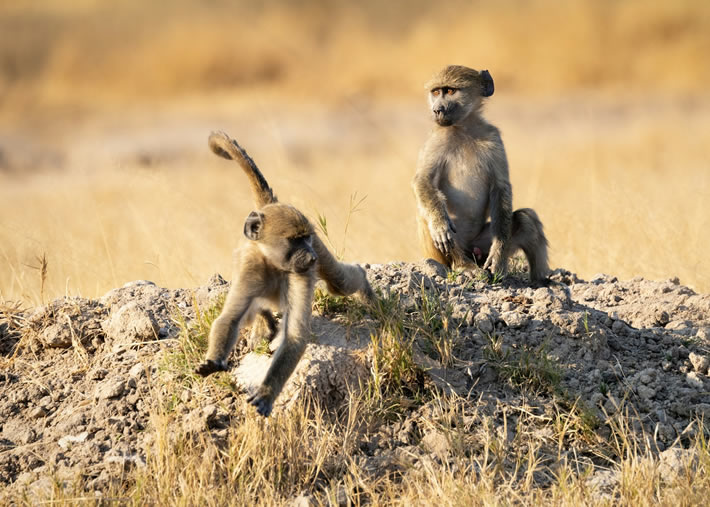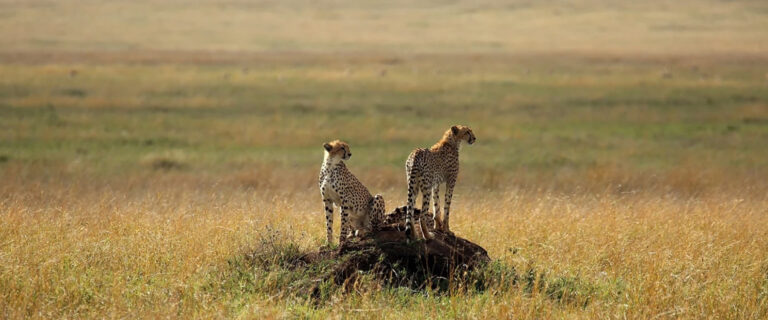- Africa Nature Tours & Safaris
- info@africanaturesafaris.com
- +254722652495
- Diani Beach Office: Mikele Building Opp. Bahari Dhow
Matobo (or Matopos) National Park, a UNESCO World Heritage Site located in southwestern Zimbabwe near the city of Bulawayo, is known for its stunning granite landscapes, cultural heritage, and spiritual significance. The park, often called the “Matobo Hills,” is renowned for its unique granite formations, rich wildlife, and the presence of ancient rock art. It is a unique destination that offers a combination of geological wonders, historical landmarks, and safari experiences.



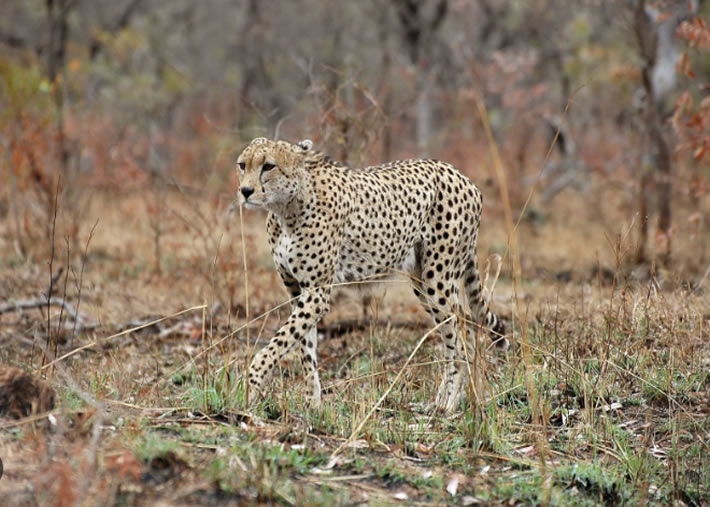
Matopos National park
The Matobo Hills, some 25 miles south of Bulawayo, are remarkable for their unusual scenery and the diversity of their flora and fauna. They are also a focal point of much of Zimbabwe’s history and prehistory. The hills cover about 790,000 acres and have been eroded from an exposed granite batholith thought to be over 300 million years old. Hump-backed domes (‘dwalas’) have resulted from exfoliation of the granite; crenellated ridges, often surmounted by remarkable ‘balancing rock’ formations, have been formed by erosion along regular fault lines in the rock. In most of the area the hills are aligned into steep ridges, often densely wooded on their lower slopes, and separated by valleys containing numerous streams, springs, seeps and vleis. They support a flora ranging from lichens, figs and aloes to Brachystegia species, Mopane trees and over 100 grass species.
The park is divided into two sections – a general recreation area where horseback riding trails are popular, and a game reserve. Matobo has the highest concentrations of Black Eagles in the world. The park also contains one of the highest concentrations of Black and White Rhinos remaining in Africa. Leopard are plentiful but are seldom sighted. Other wildlife includes Giraffe, Zebra, Civet, Genet, Black-backed and Side-striped Jackal, and Caracal. Birding is good and species include Purple-crested Louries, Crowned Eagles, Peregrine Falcons and Lannar Falcons.
Human habitation in the Matobo Hills stretches back at least 40,000 years. The evidence for this long period of habitation comes from the deep layers of human detritus excavated from the many caves and rock shelters in the hills. The Matobo region is particularly well known for the number and quality of its Stone Age rock art sites. The region has over 3,000 known rock paintings – more than any other place in Africa. Among the most important are Nswatugi Cave, Bambata Cave, Silozwane and Pomongwe. This has long been sacred ground and amongst the cracks and crevices of the Matobo Hills is the Ndebele’s rain shrine to Mwari, the god of their ancestors.
The Motopos Hills were the scene of the famous indaba between Cecil Rhodes and Ndebele leaders in 1896. Rhodes (after whom Rhodesia was named) is buried here (on the summit of Malindidzimu, the ‘hill of the spirits’) at his own request, but there has been some controversy over whether he will stay. The spiritual struggle between the resting place of Rhodes and the rights of the Mwari is a political tug of war. Should it be the park, or the people, who have been squeezed out by farmlands and nature reserve? At present, the park survives, guarding its rhino from poachers and its rock art from the rain. The people survive outside its boundaries but do come in to cut thatch.
The hills were named Amatobo, meaning the ‘bald-headed ones’, by the Ndebele king, Mzilikazi; later this was corrupted to ‘Matopo’ by white settlers. The Matopos National Park is a candidate for World Heritage status under the UNESCO World Heritage convention because of its outstanding cultural and natural importance.
Some 105,000 acres of the Matopos Hills region is now included in the Matobo (Matopos) National Park, which dates back to 1904 when a game enclosure was established on the northern edge of Matobo Hills and stocked with Sable antelope, Waterbuck, Reedbuck, Zebra, Eland, Giraffe and a Camel. Formerly called ‘Rhodes Matopos National Park’, this is one of the most undersold national parks in Zimbabwe.
Tour Price Includes
- Full board accommodation whilst on safari
- All meals and activities as stated in the itinerary
- Accommodation in double/twin/triple room sharing.
- All park entrance fees to include government taxes and service of an English,German,Italian speaking
- professional driver/guide.
- List Item
- Game drives as detailed in the itinerary
- Extensive Game drives
- Game viewing in camps 4x4 vehicles and UHF radio
- Recommended Mineral Water while on safari
Things you need to budget for. The price does not include
- Visa
- Airport Taxes- client pay direct
- Tips
- Laundry
- Drinks
- Items of a personal nature
- Christmas and Easter Supplements
Related Safaris starting Zimbabwe ideas
Chizarira National Park, one of Zimbabwe’s most remote and least explored parks, offers a rugged, wild...
Nyanga National Park, located in Zimbabwe’s Eastern Highlands, is known for its scenic mountain landscapes,...
Victoria Falls, one of the Seven Natural Wonders of the World, is located on the border between Zimbabwe...
Zambezi National Park, located near Victoria Falls in northwestern Zimbabwe, is a stunning wildlife and...
Matobo (or Matopos) National Park, a UNESCO World Heritage Site located in southwestern Zimbabwe near...
Mana Pools National Park, a UNESCO World Heritage Site, is one of Zimbabwe’s most breathtaking and pristine...
Hwange National Park, located in western Zimbabwe near the border with Botswana, is the country’s largest...
Matusadona National Park, located in northern Zimbabwe along the shores of Lake Kariba, is a lesser-known...

